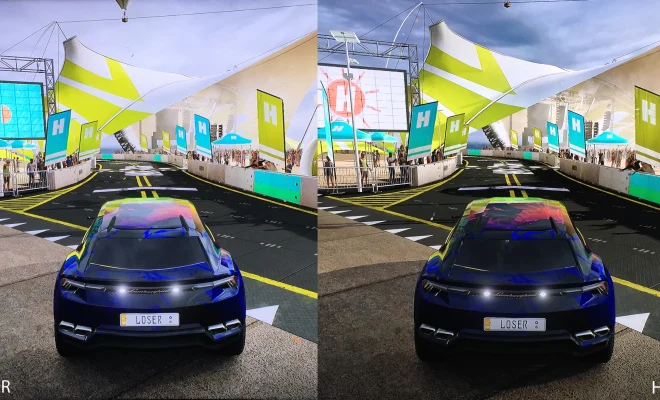What is Rational Rose?

Rational Rose is a software development tool created by Rational Software Corporation that helps developers design, model, and test object-oriented software. Rational Rose is one of the most widely used software development tools and is known for its intuitive visual interface and support for various programming languages.
Rational Rose was first introduced in the 1990s and quickly became popular among software developers due to its ability to simplify the process of creating complex software systems. The tool supports multiple programming languages including C++, Java, Ada, and Visual Basic, making it a flexible option for different types of projects.
One of the key features of Rational Rose is its ability to create UML (Unified Modeling Language) diagrams which allows developers to visualize the structure and behavior of software systems. UML is a standard notation used in software development that promotes clear communication between developers and stakeholders.
Rational Rose supports all types of UML diagrams including use case diagrams, class diagrams, sequence diagrams, activity diagrams, and state machine diagrams. Use case diagrams help in defining the interactions between actors and the system, while class diagrams focus on the classes, methods, and attributes used in the system. Sequence diagrams show the order of events in the system and activity diagrams represent processes in the system.
In addition to UML diagrams, Rational Rose also has a ‘Reverse Engineering’ feature that allows developers to create diagrams from existing source code. This helps in understanding complex systems and identifying any potential design issues.
Rational rose also has support for team collaboration with a feature known as ‘Rational ClearCase.’ As the team works on the project, the ClearCase version control system helps to manage changes and enables everyone to work on the same version of the project.




